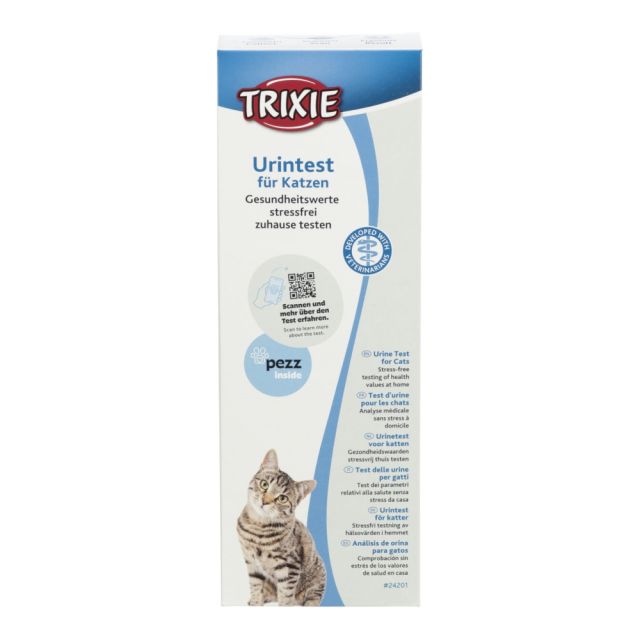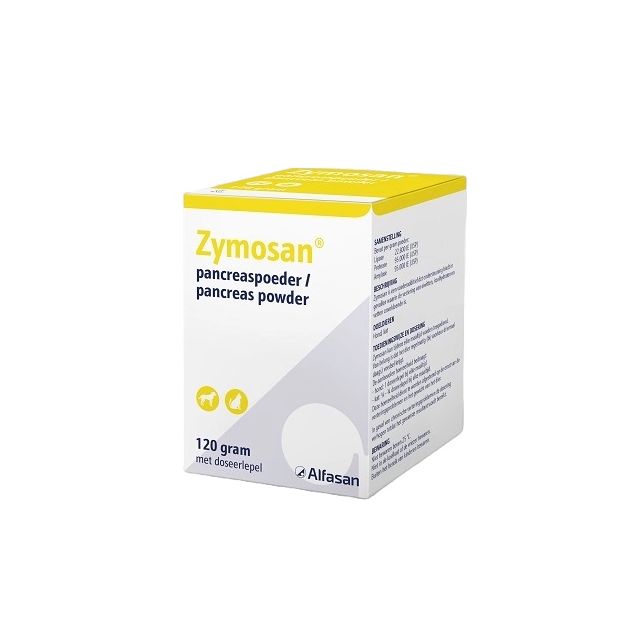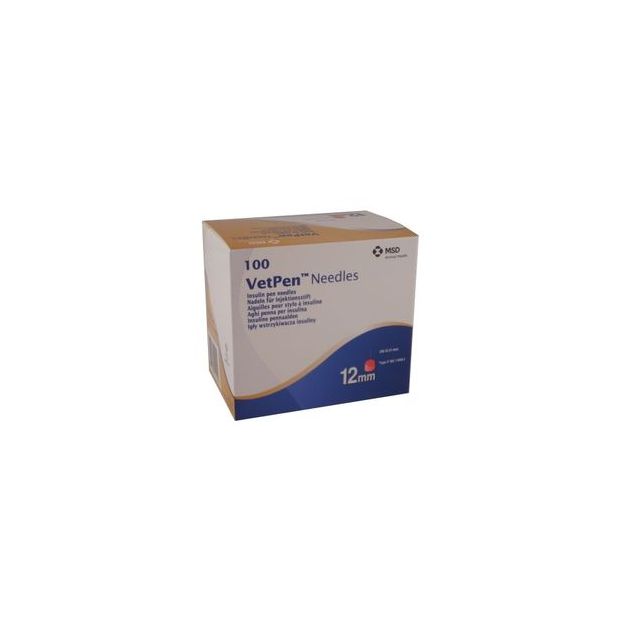The pancreas of the cat
The pancreas is a small but essential organ belonging to the digestive system of the cat. The pancreas is important for both digesting food and regulating blood sugar levels. Pancreatitis is a nasty condition that occurs quite frequently. The origin of diabetes also lies in the pancreas. Below, we will delve deeper into this important organ of your cat.
The structure and function of the cat's pancreas
The pancreas, also known as the pancreas, lies along the small intestine, just behind the stomach. It is a flat and thin organ. The pancreatic duct joins the bile duct from the gallbladder in the small intestine. In the gallbladder, bile produced by the liver is stored.
The pancreas consists of two parts:
- The endocrine pancreas: hormones (insulin and glucagon) are produced here to regulate blood sugar levels.
- The exocrine pancreas: this produces digestive enzymes, which are released into the small intestine to digest food.
Conditions affecting the cat's pancreas
The two most common conditions affecting the cat's pancreas are pancreatitis and diabetes mellitus. Exocrine pancreatic insufficiency can also occur. Because these conditions differ so much, they will be discussed separately.
Pancreatitis
The enzymes produced in the pancreas are normally only active in the small intestine. If these enzymes are released in the pancreas, they digest the gland itself. This is called pancreatitis. An inflamed pancreas can cause very acute and severe symptoms, but pancreatitis can also be milder and more chronic.
Diagnosis is usually made through blood tests and an abdominal ultrasound.
Symptoms of pancreatitis in cats
The most common symptoms of pancreatitis are:
- Nausea and vomiting
- Abdominal pain
- Lethargy
- Poor appetite
- Fever
- Dehydration
These symptoms can be acute and severe, but also less noticeable and persistent or recurring. Complications of inflamed pancreas can include diabetes mellitus and exocrine pancreatic insufficiency. Symptoms corresponding to these conditions will then occur.
Causes of pancreatitis
In many cases, the cause of pancreatitis is unknown, but possible causes include trauma (such as a fall from a great height or abdominal surgery), inflammation near the pancreas (in cats, the combination of pancreatitis with liver/biliary tract inflammation and intestinal inflammation is common), tumors, or the use of certain medications.
Pancreatitis is usually not caused by a virus, bacteria, or autoimmune disease.
Treatment of pancreatitis
Unfortunately, there are no medications for pancreatitis, so treatment is mainly symptomatic. In severe cases, a cat with pancreatitis is hospitalized for fluid therapy and injections of strong painkillers. Medication for nausea and vomiting is also often given.
It is very important for a cat with pancreatitis to start eating well as soon as possible. Sometimes, placing a feeding tube or force-feeding is necessary. In dogs with pancreatitis, a low-fat diet is very important. In cats, what they eat is not so important, but that they eat. A easily digestible diet such as Sanimed Intestinal is often suitable. Antibiotics, antiviral drugs, and anti-inflammatory drugs are usually not indicated. If an underlying cause is known or complications have occurred, they should of course be treated if possible.
In the worst case, a cat with acute pancreatitis can die from the complications of this condition. Fortunately, most cats recover completely from pancreatitis. Sometimes pancreatitis recurs, and then we speak of chronic pancreatitis.
Diabetes mellitus in cats
The pancreas of a cat with diabetes mellitus produces too little of the hormone insulin. Insulin regulates the absorption of sugar (glucose), the body's main fuel, into the cells. With diabetes mellitus, the cells do not receive fuel, and there is too much sugar in the blood. Diagnosis is made through blood and urine tests. If you suspect that your cat may have diabetes mellitus after reading this article, you can collect urine at home to take to the veterinarian using plastic cat litter granules. With the Trixie urine test, you can check for sugar in your cat's urine yourself, which is always present in diabetes mellitus.
Causes of diabetes mellitus
The main cause of diabetes mellitus in cats is overweight. Certain medications also increase the risk of diabetes mellitus, and it can be a complication of pancreatitis. Additionally, a tumor producing growth hormone can lead to diabetes mellitus.
Symptoms of diabetes mellitus in cats
Cats with diabetes mellitus urinate a lot and are always hungry. Despite eating a lot, they lose weight. A cat with diabetes mellitus does not feel well, sleeps a lot, and grooms itself less, causing the coat to look poor. If diabetes mellitus persists and is not treated, the cat will eventually become very weak and sick and will stop eating and drinking.
Treatment of diabetes mellitus in cats
In almost all cases, shortly after diagnosis, insulin is injected twice daily at fixed times. Blood sugar levels must be regularly checked to adjust the insulin dose if necessary. Convenient tools are available for accurately dosing and injecting insulin: The VetPen Starter Kit and VetPen needles.
In addition, it is advisable to give cats with diabetes special dietary food with an adjusted carbohydrate (sugar) content to keep the blood glucose level as stable as possible. If insulin is started promptly, diabetes mellitus is sometimes reversible. This means that with only a modified diet, the cat can maintain a stable blood sugar level.
Exocrine Pancreatic Insufficiency (EPI) in Cats
The meaning of exocrine pancreatic insufficiency is the poor functioning of the exocrine part of the pancreas, the part that produces digestive enzymes. In this condition, the pancreas produces too few digestive enzymes. The disease is much less common in cats than in dogs. Due to insufficient digestive enzymes, food is poorly digested. This leads to diarrhea. Particularly noticeable is the presence of a lot of stool. Cats with EPI often eat a lot and still lose weight. However, sometimes cats with EPI eat poorly and appear ill, especially if the cause of EPI is pancreatitis. In most cases, pancreatitis is also the cause, but sometimes EPI is congenital. Treatment of EPI involves adding the missing enzymes in the form of Zymoral pancreatic powder to the cat's diet. It is important to mix this powder with every meal the cat receives.
Pancreatic problems in cats are unpleasant but fortunately often controllable. Pharmacy4pets helps support your cat with pancreatic problems. If you have any questions about our products or about your cat's pancreas, please contact us.






